How Dance Became a Genre-Defying Musician’s Deep Obsession
I find myself increasingly drawn to the abstract, and nothing inspires me more than dance.
Secret Obsessions is Atlas Obscura’s new column where we ask wondrous people to take us down a rabbit hole. This edition features Grammy Award-nominated sitar player Anoushka Shankar, as told to Associate Editor Sarah Durn.
I was two years old when I saw my first dance show.
My mom took me to an Indian cultural center in London, the Bhavan UK, where they were doing Mowgli. It was a dance drama of Rudyard Kipling’s The Jungle Book choreographed by the legendary Dhananjayans and mostly done in Bharatanatyam, a South Indian classical style of dance. We went every single night, and I knew the whole show by heart. I was completely obsessed.
The show was very theatrical. There was a full cast and bright, colorful costumes. The woman playing the snake was in a head-to-toe purple leotard with this embossed snakeskin pattern. I knew each song inside and out; the music had this very playful, energized sound.
But what I remember most were the two boys who played Mowgli. The choreographer’s son played him on some nights and a small, 11-year-old boy named Akram Khan played him on other nights. I knew the show so well that I used to get finicky when one boy would lie one way in a scene and the other would lie the opposite way.
I remember the magic of watching this whole world, with snakes and parrots and tigers come to life on stage every night. Looking back, I think that was the first time I had a real emotional connection to a dance performance. From then on, I was hooked.

Not long after that, I started studying Bharatanatyam myself. My family and I went to India every winter, and it always felt so different from my “normal life” in London. I vividly remember being in Chennai and watching Shanta Dhananjayan lead dance classes with 40 or so students all moving in unison. Then my mom started teaching me some of the basic Bharatanatyam steps at home—steps she remembered from taking classes growing up.
When I was seven, we moved from London to New Delhi and I started properly taking Bharatanatyam classes. But even as I started to learn the moves and hand gestures, part of me always preferred watching it. I loved how it transported me.
My mom’s best friend and my godmother, Frankie, knew how much I loved dance, especially ballet. At the time, I had become obsessed with a book series about a London ballet school for young dancers.
So every time we visited London, Frankie took me to see the ballet at the Royal Opera House. We’d pick a date and which ballet we wanted to see. The Royal Ballet was usually on their summer hiatus, so we’d get to see all these amazing international troupes: the Bolshoi from Moscow, the American Ballet from the States, the Mariinsky Ballet from Saint Petersburg, Russia.
We’d always dress up and Frankie would pre-book us smoked salmon sandwiches. We’d get to the theater early and go to the bar area where, under a glass dome cover, our sandwiches would be waiting with a little name tag. When I got older we added champagne. It all felt very grown up and sophisticated.
Over the course of 15 years or so, we worked our way through the classics. We saw Giselle, Sleeping Beauty, Swan Lake, and then started moving into slightly more contemporary pieces, like George Balanchine’s Jewels.

When I was about 17 or 18, we saw a production of Manon that has always stayed with me. The story follows a tragic French heroine and, at the end, the choreography becomes quite violent. Manon’s assaulted, and there’s a really shocking fight between her and her attacker.
I didn’t know how visceral a response I could have to classical dance until then. I had seen ballets that were sad or heartbreaking or happy. But I’d never had a reaction like that, where it reverberated to my core. I found it really upsetting.
I wanted to find more art that could unlock something that deep, and that’s sort of where Akram Khan comes back into the story for me.
Since playing Mowgli at the Bhavan, Akram had become a globally recognized, pioneering crossover artist. His work brought North India’s Kathak dance style together with contemporary dance to create a new language that hadn’t really existed before.
Growing up in the art world, I heard his name all the time, and I had been desperate to see him perform again for a while. I finally got my chance not long after seeing Manon. I was 19 and happened to be in Delhi when he was performing at the Kamani Auditorium, one of the city’s most prestigious dance theaters.

From the moment the lights dimmed and the performance began, I was mesmerized. He and this small company of dancers flew and threw their bodies across the stage. I remember one scene where Akram and a female dancer did this very intricate choreography with their heads. They were standing next to each other and then leaned and bent into one another in different ways so that their heads created all these beautiful shapes. I had never seen a body move like that.
As I watched Akram’s performance, I saw all my different worlds, culturally and artistically, represented in one space for the first time. His dance style represented who he was as a British-Bangladeshi and that spoke to me as a British-Indian-American musician. It was extraordinary to watch all those different influences come together in a way that felt harmonious.
It was like seeing an impressionist painting for the first time—it was more abstract than the ballets I had seen with my godmother or the performance of Mowgli I had seen growing up. There wasn’t a story or characters. I wasn’t told what to feel; I just felt. It was raw emotion.
Since then, I’ve seen almost everything Akram’s done. I’ve seen his duets with French ballerina Sylvie Guillem and actor Juliette Binoche. He’s become a dear friend and one of my biggest influences. And his work ultimately inspired me to do something very similar in my own art and music.

For the past 20 years, I’ve melded Indian classical music with other sounds. I’ve led cross-cultural collaborations with rock and pop artists like M.I.A. and Sting. In my album Traveler, I explored the crossover space between flamenco and Indian classical music. I’ve incorporated dance into my work, too: My last music video was a collaboration with contemporary Bharatanatyam dancer Mythili Prakash.
I’m not sure I would’ve come to those same places without Akram. His work has become so influential in my life that I can’t really untangle what it has and hasn’t inspired.
I still love going to the ballet and seeing classical Indian dance performances, but more and more I find myself drawn to contemporary works. I love seeing how these classical forms continue to grow and blossom in new guises in the bodies and minds of Akram, Mythili, Aakash Odehdra, and others.
The same is true in music. I’m finding myself pulled toward the abstract, which I suppose in music is the difference between music with lyrics and instrumental works.
When a song has lyrics, you’re sort of being told what it’s about. And sometimes that’s good—sometimes you want that clarity. But increasingly I find myself wanting art that washes over me, where I’m able to put my own colors and experiences into it. I want to have the freedom to feel whatever may come.
Anoushka Shankar is an award-winning sitar player and composer. She has received nine Grammy Award nominations, been the youngest—and first female—recipient of a British House of Commons Shield, and recently has become one of five women composers on the U.K.’s A-level music syllabus. Anoushka has also led cross-cultural collaborations with artists such as Sting, M.I.A., and Herbie Hancock, and performed to sold-out crowds at Carnegie Hall, the Sydney Opera House, and the Barbican Centre in London. For more information, visit: anoushkashankar.com
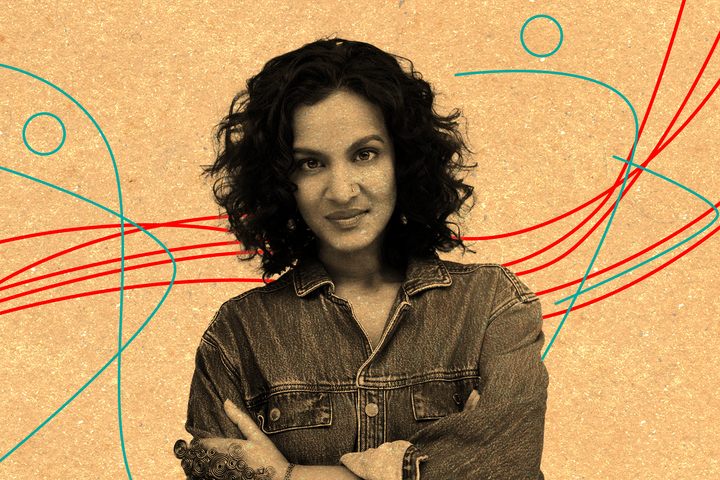

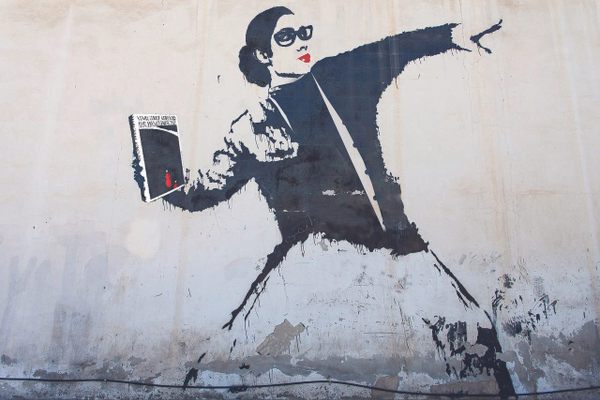
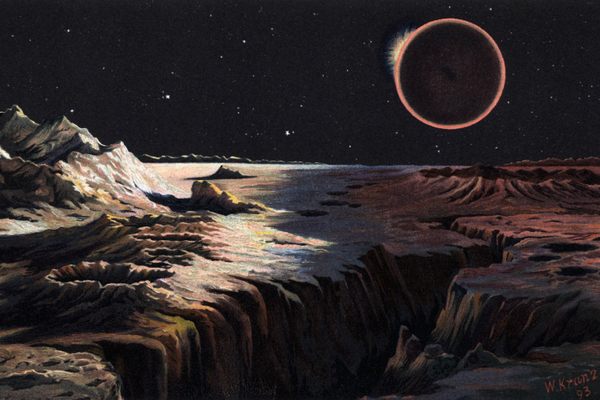
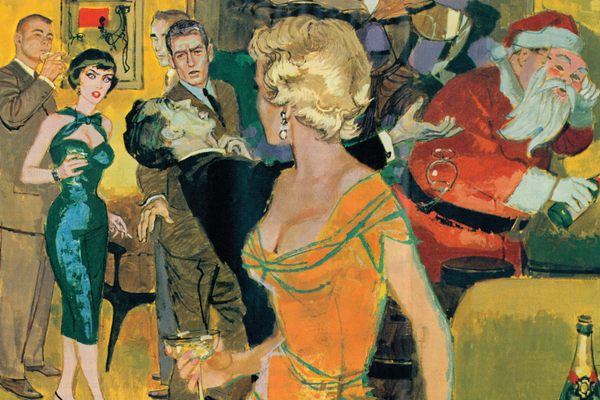
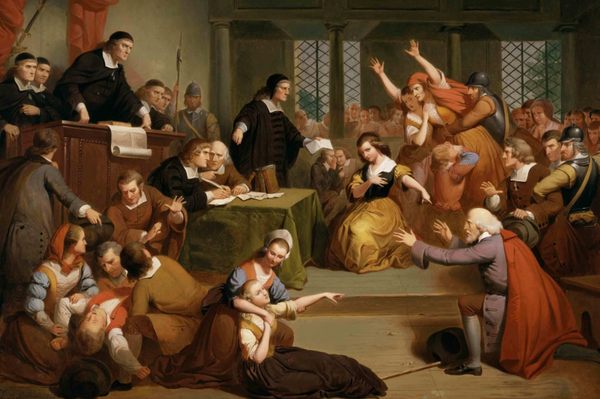










Follow us on Twitter to get the latest on the world's hidden wonders.
Like us on Facebook to get the latest on the world's hidden wonders.
Follow us on Twitter Like us on Facebook